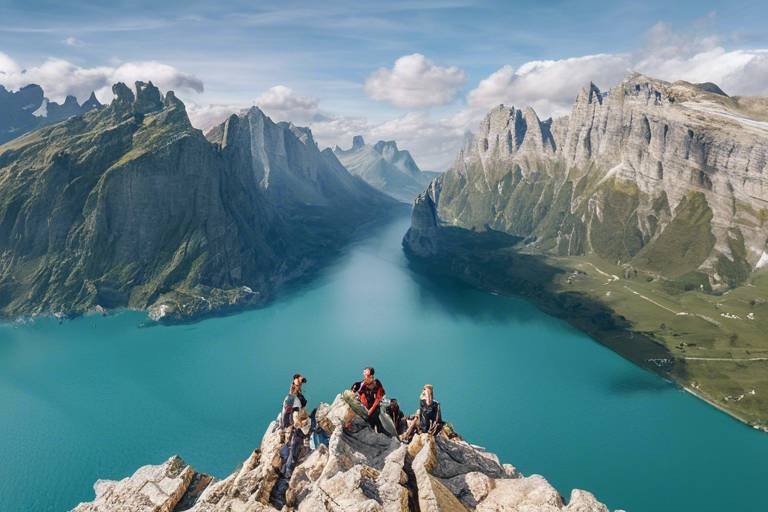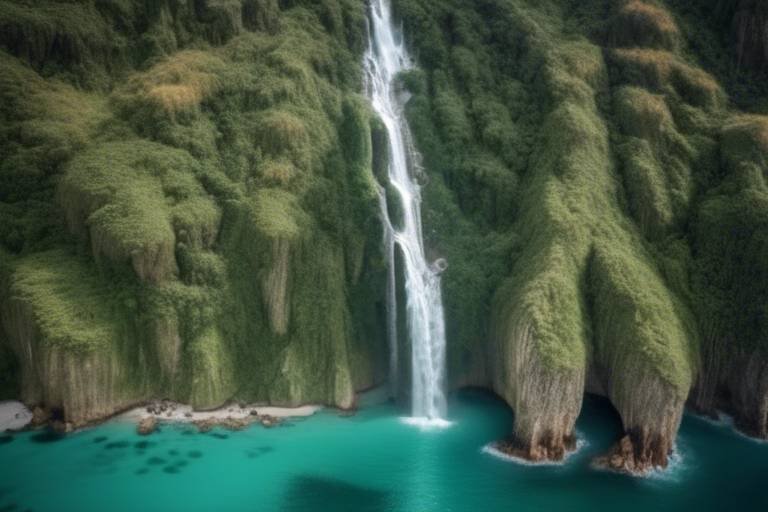A Guide to the Best Historical Landmarks in Mexico
Are you ready to embark on a fascinating journey through Mexico's rich history and cultural heritage? In this guide, we will take you on a virtual tour of some of the most captivating historical landmarks that showcase the diverse past of this vibrant country. From ancient Mayan ruins to colonial architectural marvels, Mexico is a treasure trove of historical gems waiting to be explored.
First stop, Teotihuacan, a mesmerizing archaeological site that will transport you back in time to the ancient Mesoamerican civilization. The towering pyramids and intricately designed temples of Teotihuacan stand as a testament to the architectural and cultural achievements of a bygone era.
Next, we journey to Chichen Itza, a UNESCO World Heritage Site renowned for its iconic El Castillo pyramid and astronomical observatory. Here, you can marvel at the advanced engineering and astronomical knowledge of the Maya civilization, evident in every stone of this ancient city.
As we venture into the lush jungles of Chiapas, Palenque beckons with its mystical ruins adorned with intricately carved stone temples and palaces. The artistic and architectural sophistication of the Mayan people is on full display, offering a glimpse into their vibrant and creative world.
In the heart of Mexico City lies Templo Mayor, where the remains of the Aztec capital's main temple complex await discovery. Step back in time and witness the religious practices and urban planning of the powerful Aztec civilization, preserved in the ancient stones of this revered site.
Our journey continues to Monte Alban, the ancient Zapotec city perched on a hill in Oaxaca. Explore its terraces, pyramids, and tombs, and unravel the mysteries of its social structure, governance, and artistic achievements, shedding light on a civilization long past.
Immerse yourself in the grandeur of the Palacio de Bellas Artes, a cultural hub in Mexico City that boasts stunning Art Nouveau and Art Deco architecture. This iconic landmark hosts exhibitions, concerts, and performances that celebrate Mexico's rich artistic heritage, inviting you to be a part of its vibrant cultural tapestry.
Step into the historic Castillo de Chapultepec, once a royal residence and now a museum that chronicles Mexico's tumultuous history. From the Aztec era to the Mexican-American War and beyond, the walls of this castle whisper tales of a nation's resilience and spirit through the ages.
Finally, marvel at the baroque beauty of the Templo de Santo Domingo in Oaxaca, a masterpiece adorned with intricate gold leaf decorations and ornate chapels. The fusion of indigenous and Spanish colonial architectural styles in this stunning temple is a testament to Mexico's rich cultural heritage and diverse influences.
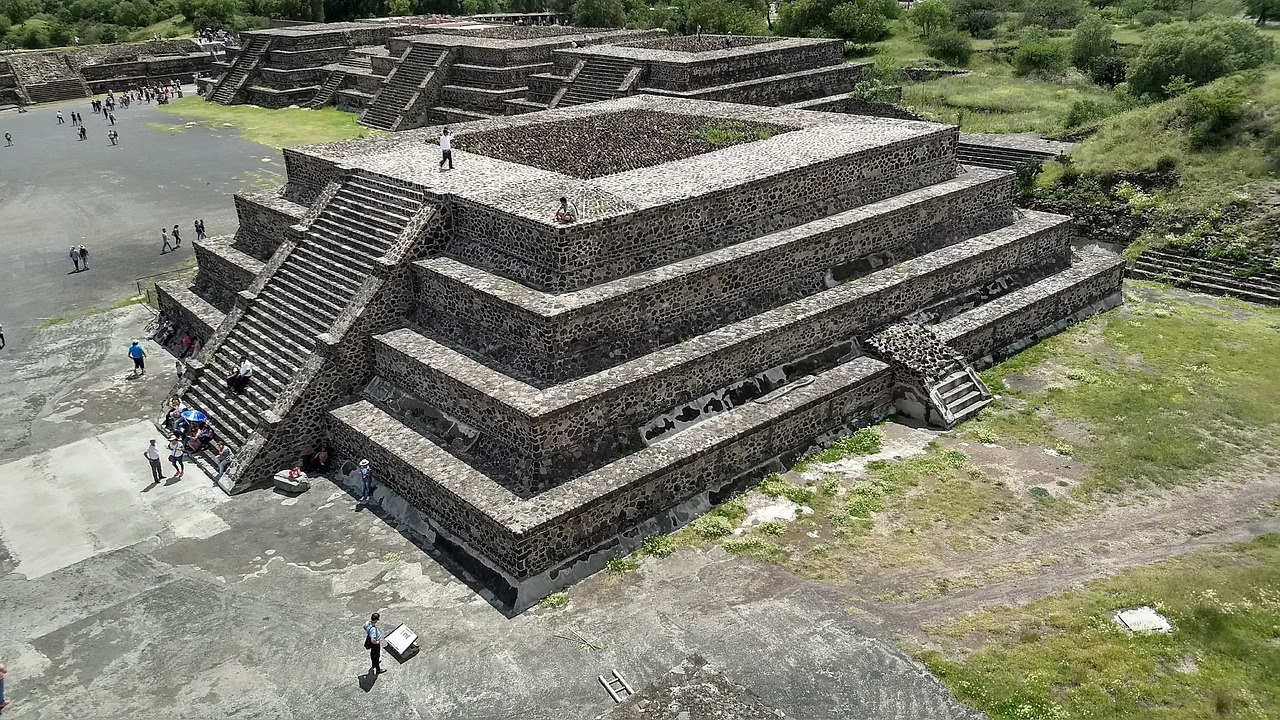
Teotihuacan
Explore Mexico's rich history through its top historical landmarks, from ancient Mayan ruins to colonial architecture, offering insights into the country's diverse past and cultural heritage.
Discover the impressive pyramids and temples of Teotihuacan, one of Mexico's most significant archaeological sites, showcasing the ancient Mesoamerican civilization's architectural and cultural achievements.
Teotihuacan, located near Mexico City, is home to the iconic Pyramid of the Sun and the Pyramid of the Moon, towering structures that symbolize the city's religious and ceremonial significance. Walking along the Avenue of the Dead, visitors can marvel at the intricate murals, sculptures, and urban layout that reveal the advanced urban planning and artistic skills of the ancient inhabitants.
The site's mysterious origins and the enigmatic disappearance of its original builders add an aura of intrigue to the experience, inviting visitors to ponder the secrets of this ancient metropolis. Teotihuacan's grandeur and historical significance make it a must-visit destination for history enthusiasts and curious travelers alike.
Whether you are drawn to the spiritual energy of the pyramids, the architectural marvels of the temples, or the captivating history of the site, Teotihuacan offers a mesmerizing journey through Mexico's ancient past that will leave you in awe of the ingenuity and creativity of its builders.

Chichen Itza
Explore Mexico's rich history through its top historical landmarks, from ancient Mayan ruins to colonial architecture, offering insights into the country's diverse past and cultural heritage.
Uncover the wonders of Chichen Itza, a UNESCO World Heritage Site known for its iconic El Castillo pyramid, astronomical observatory, and ball court, reflecting the advanced engineering and astronomical knowledge of the Maya civilization. The site's architectural marvels, such as the Temple of Kukulcan, demonstrate the precision and ingenuity of the Mayan people. Visitors can marvel at the intricate carvings and sculptures that adorn the structures, each telling a story of the civilization's beliefs and achievements. The Great Ball Court, with its impressive acoustics and historical significance, offers a glimpse into the ancient Mayan sporting events and rituals.
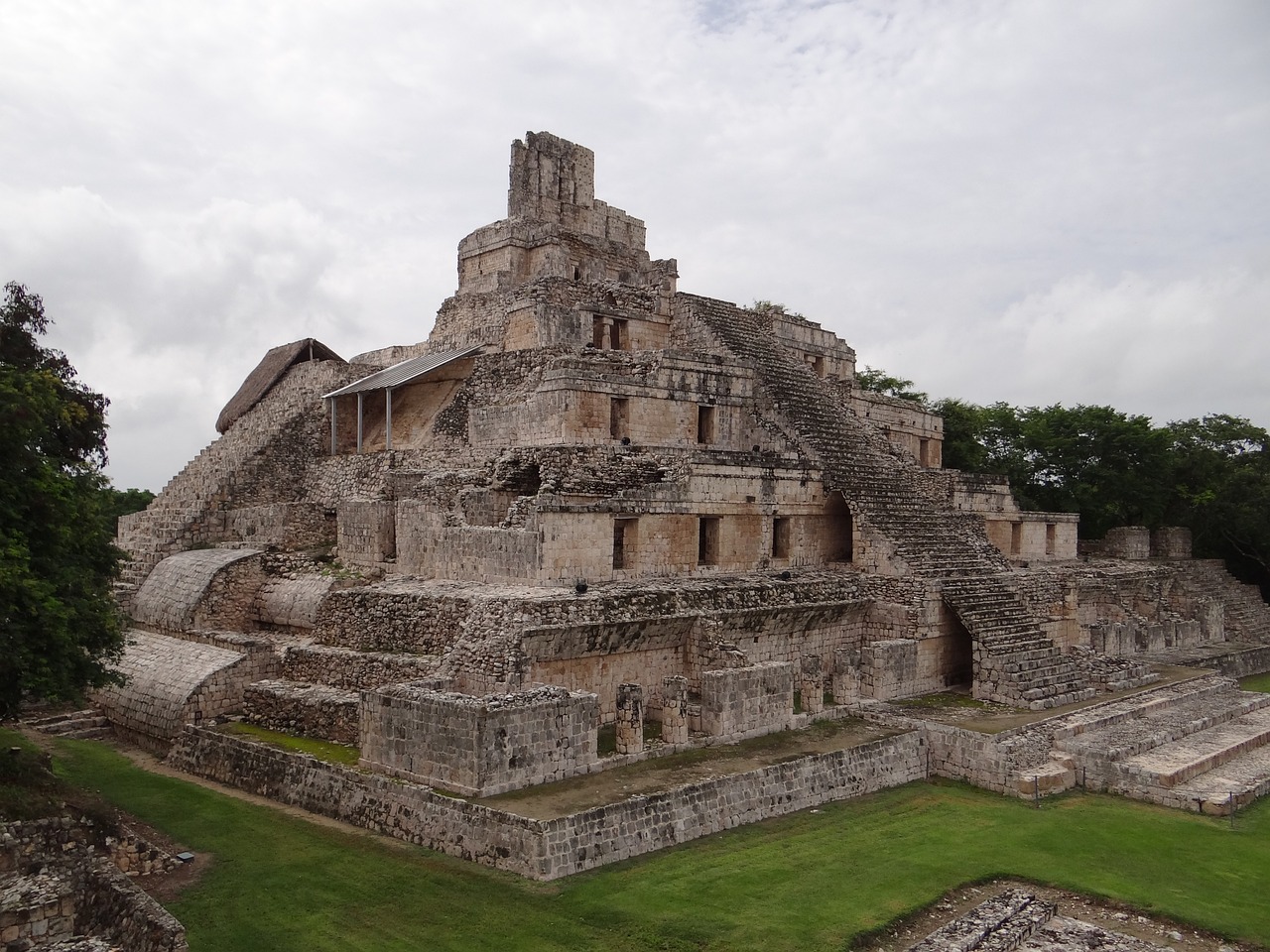
Palenque
Hidden within the dense jungles of Chiapas lies the mesmerizing archaeological site of Palenque, a true gem of Mayan civilization. As you wander through the ancient ruins, you will be awestruck by the intricate stone temples and palaces that whisper tales of a bygone era. The architectural sophistication of Palenque reflects the artistic prowess and cultural richness of the Mayan people, showcasing their deep connection to the natural world and spiritual beliefs.
The city of Palenque, with its majestic structures adorned with elaborate carvings and hieroglyphs, offers a glimpse into the advanced civilization that once thrived in this region. The Temple of the Inscriptions, dedicated to the ruler Pakal the Great, stands as a testament to the Mayan's reverence for their leaders and their intricate religious practices. The Palace complex, with its labyrinthine corridors and courtyards, provides insights into the daily life and social hierarchy of the ancient Mayan society.
One of the most striking features of Palenque is the Temple of the Cross complex, a group of temples nestled atop a pyramid, symbolizing the Mayan cosmology and their intricate understanding of the universe. The intricate stonework and architectural precision of Palenque's structures showcase the Mayan's mathematical and astronomical knowledge, evident in their precise alignments with celestial events.
Exploring Palenque is like stepping back in time, immersing yourself in a world where art, architecture, and spirituality intertwined seamlessly. The lush surroundings, echoing with the sounds of wildlife, create a mystical atmosphere that transports you to a realm where ancient gods once roamed. Palenque's allure lies not only in its physical beauty but also in the spiritual energy that permeates every stone and carving, inviting visitors to connect with the past in a profound way.
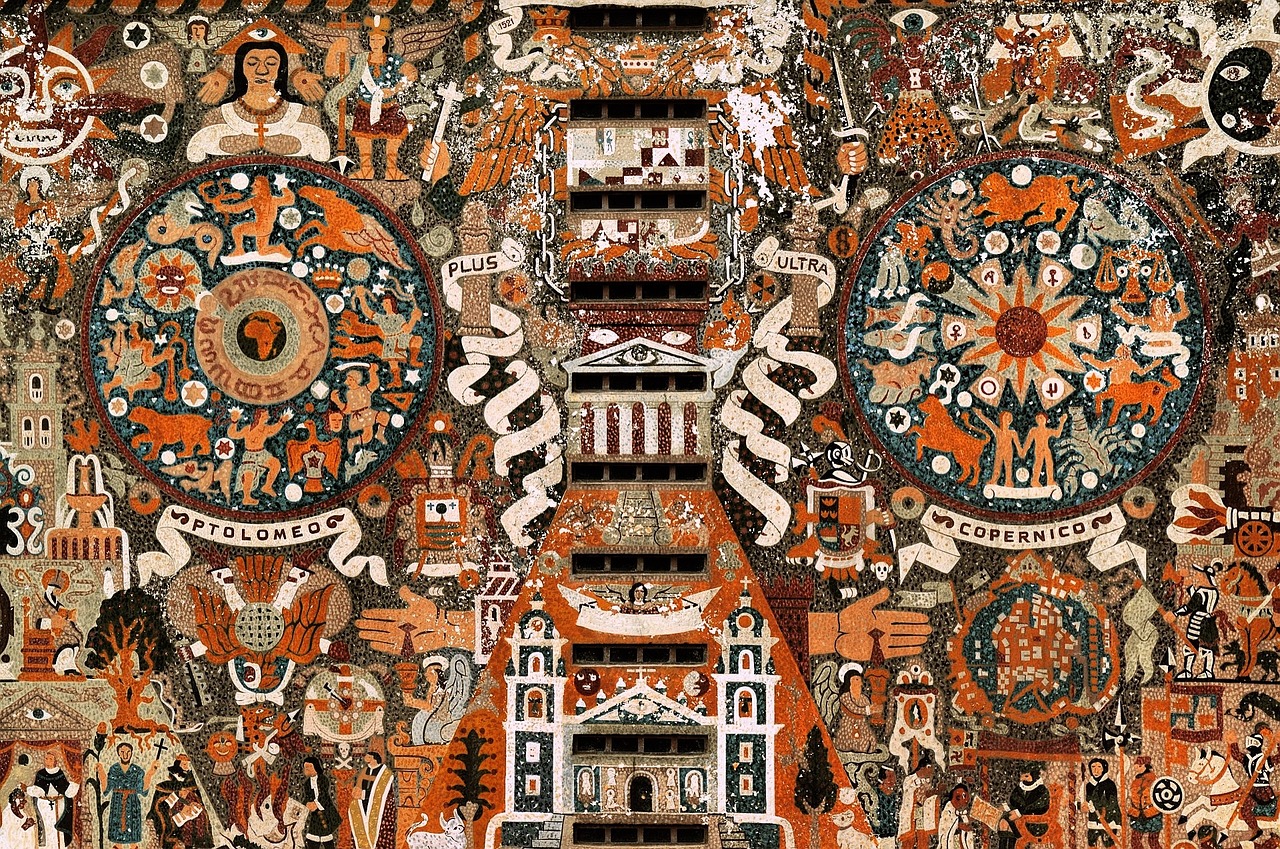
Templo Mayor
Templo Mayor in Mexico City stands as a testament to the grandeur and religious significance of the Aztec civilization. The site offers a glimpse into the spiritual practices and urban layout of the Aztec capital, Tenochtitlan. At Templo Mayor, visitors can explore the remains of the main temple complex, dedicated to the Aztec gods Huitzilopochtli and Tlaloc, showcasing intricate stone carvings and sacrificial altars.
The architectural layout of Templo Mayor reflects the Aztec cosmology, with its dual temples symbolizing the duality of the Aztec universe. The site's strategic location in the heart of the city underscores its central role in Aztec religious and political life. Templo Mayor served as a focal point for ceremonies, rituals, and offerings, embodying the spiritual essence of the Aztec civilization.
Excavations at Templo Mayor have unearthed a wealth of artifacts, including sculptures, pottery, and religious objects, shedding light on the beliefs and practices of the Aztec people. The site's museum provides further insights into Aztec culture, showcasing artifacts recovered from the archaeological digs and offering a deeper understanding of this ancient civilization.
Visitors to Templo Mayor can immerse themselves in the rich history of the Aztec world, marveling at the intricate stonework and architectural feats of this ancient civilization. The site's significance as a religious and ceremonial center underscores its importance in understanding the cultural heritage of Mexico and the enduring legacy of the Aztec civilization.
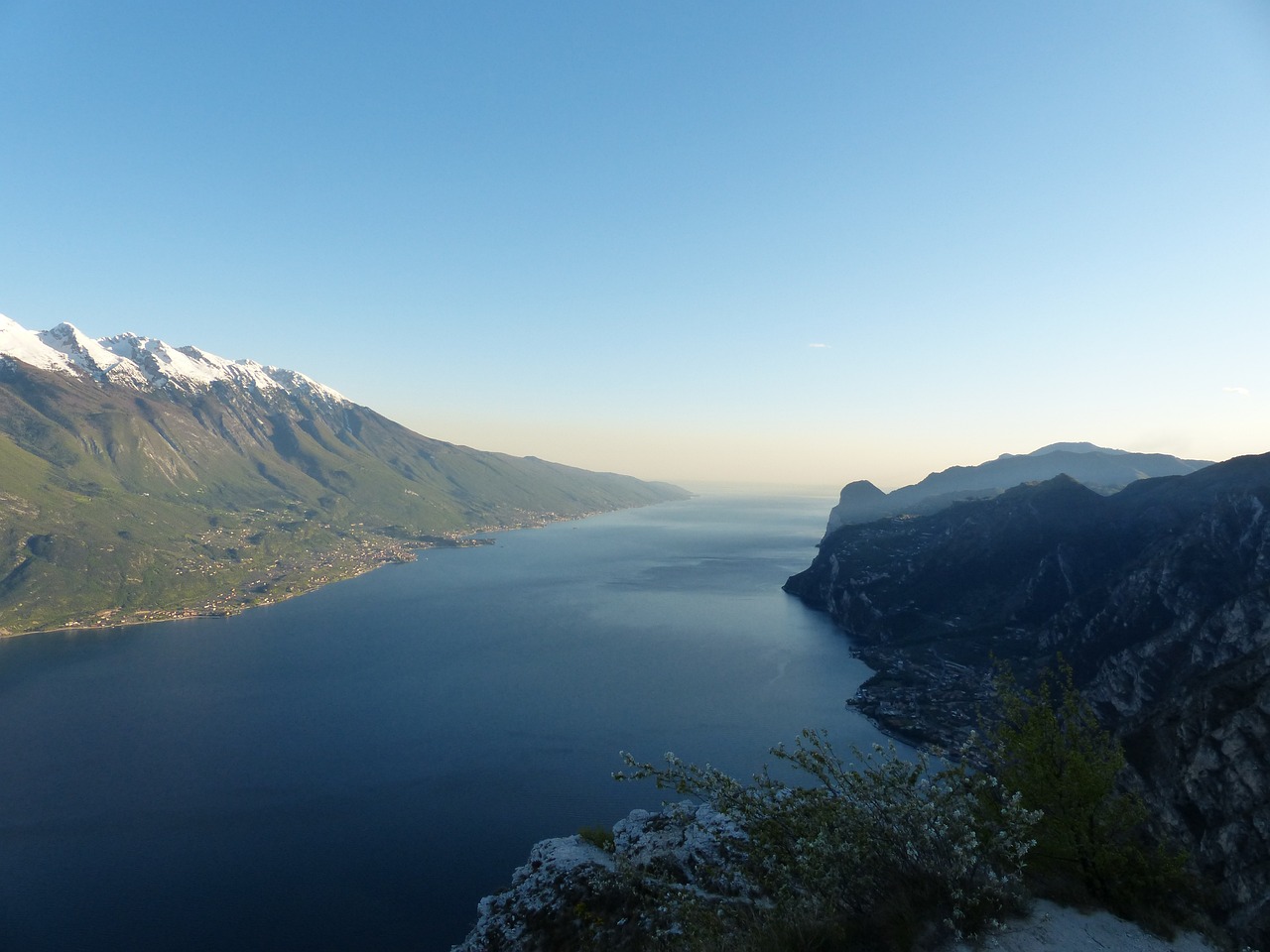
Monte Alban
Delve into the ancient Zapotec city of Monte Alban in Oaxaca, where history whispers through the stone structures that have stood the test of time. As you wander through the remnants of this pre-Columbian civilization, you can almost feel the echoes of the past reverberating through the terraces, pyramids, and tombs that dot the landscape.
Imagine the bustling city life that once thrived in Monte Alban, with its intricate social structure and impressive governance system. The grandeur of the temples and the detailed carvings on the stone monuments speak volumes about the artistic achievements of the Zapotec people, showcasing their dedication to craftsmanship and creativity.
From the breathtaking views of the Oaxacan valley to the mysterious tombs that hold the secrets of ancient rituals, Monte Alban offers a glimpse into a world long gone yet preserved in the very stones that bear witness to its existence. Each step taken in this archaeological wonder is a step back in time, a journey through the annals of history that leaves a lasting impression on all who visit.

Palacio de Bellas Artes
The Palacio de Bellas Artes in Mexico City is a true gem that encapsulates the country's vibrant artistic heritage. This cultural hub stands as a testament to Mexico's rich architectural history, boasting a magnificent blend of Art Nouveau and Art Deco styles that captivate visitors from around the world. The grandeur of the Palacio de Bellas Artes goes beyond its exterior, as it serves as a dynamic space for various artistic expressions, including exhibitions, concerts, and performances that celebrate Mexico's diverse cultural landscape.
Stepping inside the Palacio de Bellas Artes is like entering a world where creativity knows no bounds. The intricate details of the architecture, from the ornate facades to the elegant interior design, reflect the country's artistic prowess and the meticulous craftsmanship of its artisans. The building itself is a work of art, a masterpiece that pays homage to Mexico's past while embracing the modern influences that shape its present cultural identity.
One of the most striking features of the Palacio de Bellas Artes is its iconic glass curtain, a stunning stained-glass masterpiece created by the renowned artist Tiffany & Co. This exquisite curtain bathes the interior in a kaleidoscope of colors, adding a touch of magic to the already enchanting atmosphere of the palace. As the light filters through the intricate patterns of the glass, visitors are transported to a world where beauty and creativity intertwine effortlessly.
Moreover, the Palacio de Bellas Artes serves as a platform for both established and emerging artists to showcase their talents and share their artistic visions with the public. The palace's galleries and performance spaces are alive with creativity, offering a diverse range of cultural experiences that cater to every taste and interest. Whether you are a fan of classical music, contemporary art, or traditional dance, the Palacio de Bellas Artes has something special in store for you.
Visiting the Palacio de Bellas Artes is not just a journey through Mexico's artistic legacy; it is an immersive experience that allows you to connect with the country's soul through the universal language of art. The palace stands as a symbol of Mexico's enduring passion for creativity and innovation, inviting visitors to explore, discover, and be inspired by the beauty that surrounds them.
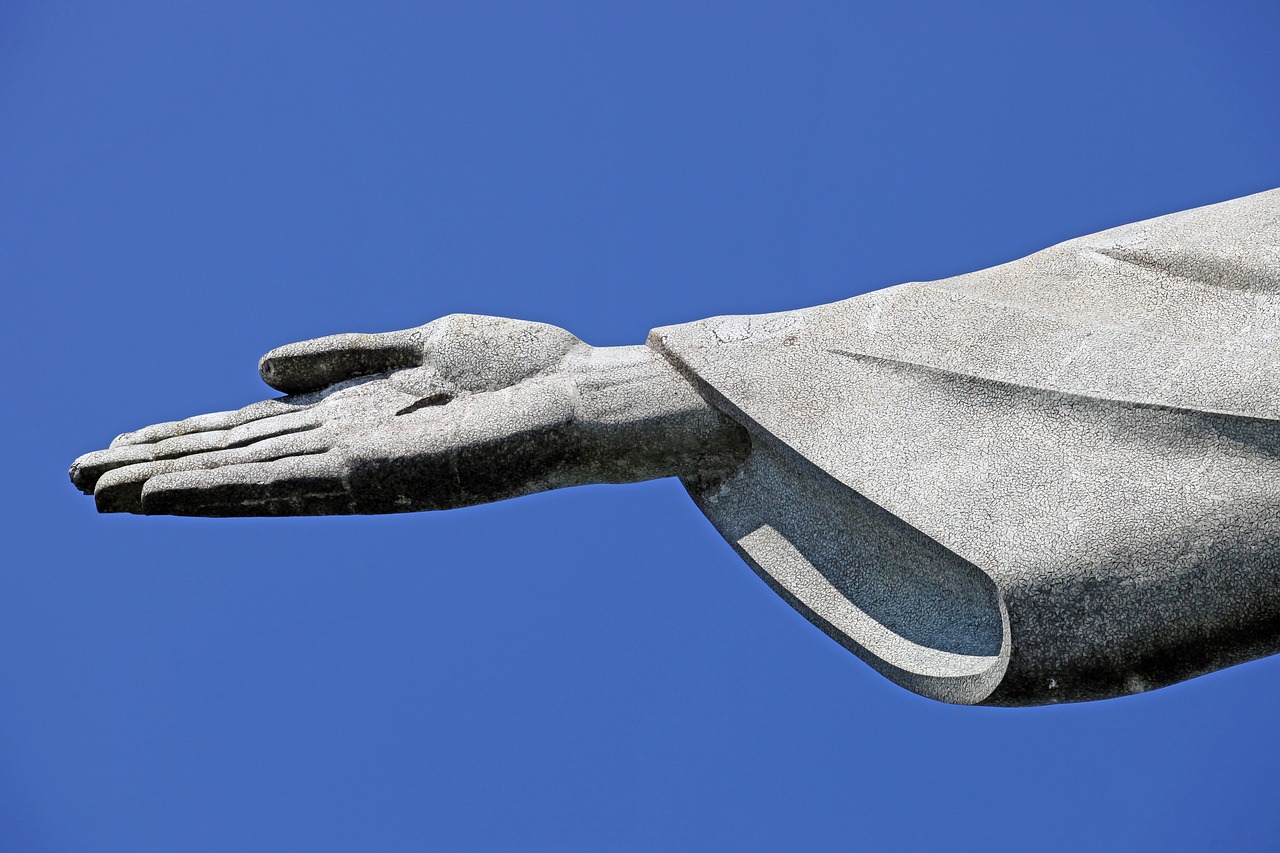
Castillo de Chapultepec
The is a historic fortress located atop Chapultepec Hill in Mexico City, offering a breathtaking panoramic view of the city below. Originally built as a military stronghold, the castle has served various purposes throughout history, including being the official residence of Mexican presidents. Its strategic location and architectural beauty make it a symbol of Mexico's resilience and cultural heritage.
Steeped in history, the Castillo de Chapultepec houses the National Museum of History, showcasing artifacts and exhibitions that narrate Mexico's past from the pre-Columbian era to the present day. Visitors can explore the castle's opulent rooms, gardens, and courtyards, gaining insights into the country's rich and complex history.
One of the most notable features of the Castillo de Chapultepec is its connection to significant events in Mexican history, such as the Mexican-American War and the reign of Emperor Maximilian I. Walking through the castle's halls feels like stepping back in time, with each room telling a story of Mexico's struggles and triumphs.
Moreover, the surrounding Chapultepec Park offers a peaceful retreat from the bustling city, allowing visitors to enjoy leisurely strolls, picnics, and boat rides on the lake. The castle's proximity to other cultural attractions, such as the Anthropology Museum and the Modern Art Museum, makes it a must-visit destination for history enthusiasts and nature lovers alike.
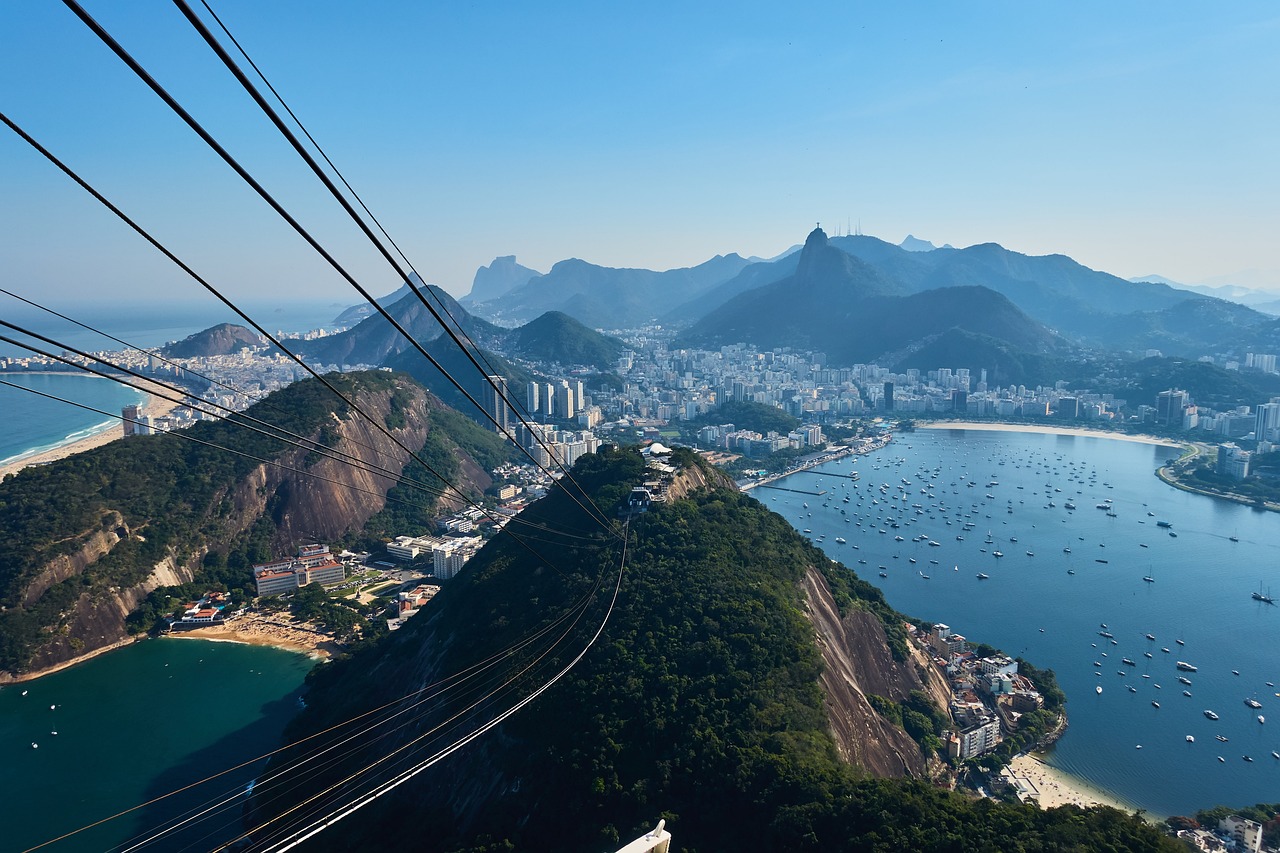
Templo de Santo Domingo
Step into the mesmerizing world of Templo de Santo Domingo in Oaxaca, a true architectural gem that embodies the fusion of indigenous and Spanish colonial influences. This baroque masterpiece stands as a testament to the rich cultural heritage of Mexico, adorned with intricate gold leaf decorations and ornate chapels that captivate visitors with their ornate beauty.
The Templo de Santo Domingo's facade is a stunning display of craftsmanship, featuring intricate carvings and detailed sculptures that tell stories of the past. As you wander through its hallowed halls, you can't help but marvel at the harmonious blend of indigenous symbolism and European design, creating a unique aesthetic that is both grand and intimate.
One of the highlights of the Templo de Santo Domingo is its ornate chapel, where the play of light and shadow dance across the golden surfaces, creating a sense of otherworldly beauty. The fusion of indigenous motifs with Spanish Baroque elements creates a visual feast for the eyes, inviting contemplation and admiration.
As you explore further, you'll encounter the intricate altars adorned with delicate carvings and religious iconography, each telling a story of faith and devotion. The richness of detail and the masterful craftsmanship on display in every corner of the temple are a testament to the skill and dedication of the artisans who created this masterpiece.
Visiting the Templo de Santo Domingo is not just a journey through history; it's a spiritual experience that connects you to the soul of Mexico. The blend of cultures, the depth of symbolism, and the sheer beauty of the architecture make this historical landmark a must-visit for anyone seeking to delve into the heart of Mexican art and culture.
Frequently Asked Questions
- What is the best time of year to visit Mexico's historical landmarks?
The best time to visit Mexico's historical landmarks is during the dry season, which typically runs from November to April. This period offers pleasant weather with less chance of rain, making it ideal for exploring outdoor sites and enjoying the rich cultural heritage of Mexico.
- Are these historical landmarks suitable for children and elderly visitors?
Yes, most of Mexico's historical landmarks are suitable for visitors of all ages. However, some sites may have uneven terrain or steep stairs, so it's advisable to check accessibility options beforehand. Many locations offer guided tours and visitor centers to accommodate different needs.
- Do I need to book tickets in advance to visit these historical sites?
While it's not always necessary to book tickets in advance, especially during off-peak seasons, it's recommended to do so for popular sites like Chichen Itza and Teotihuacan to avoid long queues. Booking online or through tour operators can also provide additional insights and convenience.
- What are some cultural etiquettes to keep in mind when visiting these landmarks?
Respecting local customs and traditions is essential when visiting historical landmarks in Mexico. It's advisable to dress modestly, ask for permission before taking photographs, and follow any guidelines or restrictions set by the site authorities. Engaging with local guides can also enhance your experience.


